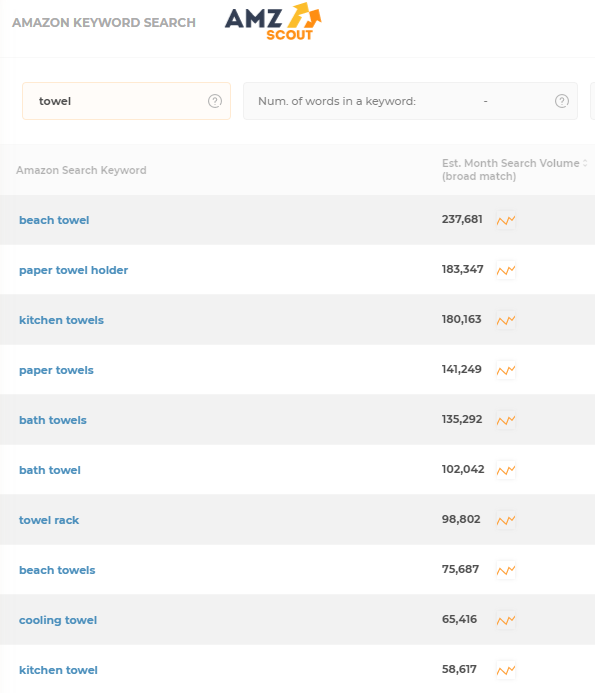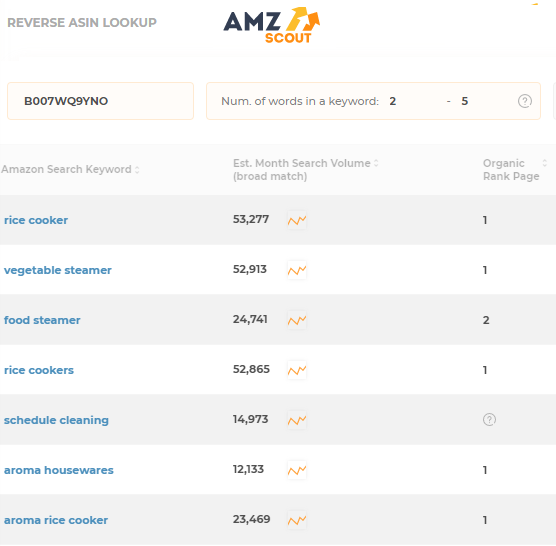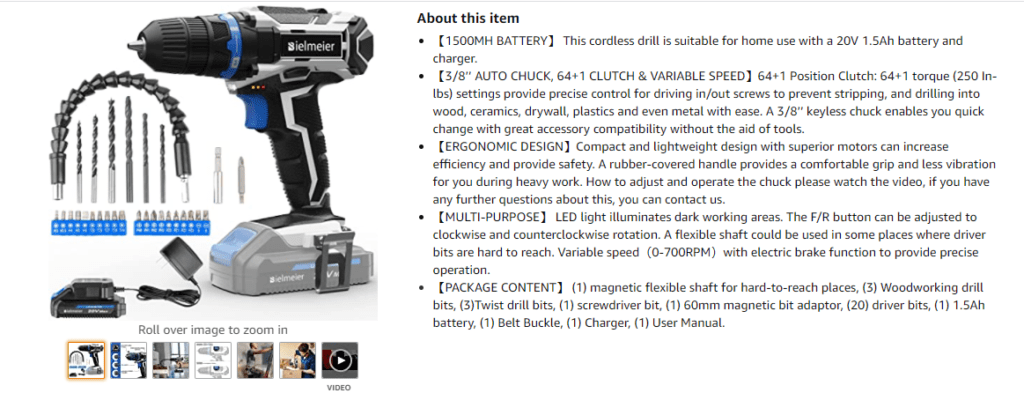Amazon SEO and Listing Optimization Guide

Amazon has millions of products, hundreds of sellers, and millions of people visiting the platform every day. With these numbers in mind, every seller needs to find ways to make sure that their product is seen by the people that might want to buy it. You can find a lot of useful guides and valuable tips about how to sell more effectively. One of the fundamental ways of doing so is Search Engine Optimization (SEO).
SEO is all about making sure that you understand how the Amazon A9 algorithm works so that your product gets more visibility. Optimizing your listing is about finding the right balance between adhering to the inner workings of the algorithm and piquing the interest of potential customers.
How does Amazon SEO work?
There are 2 main elements present on Amazon that determine how well SEO or listing optimization has been done. These are the determining factors that will directly impact how well-positioned your product is, and how easily any potential customer might find it.
Organic ranking
Organic ranking is related to a specific search. When a customer types a string of keywords into a search bar, they will result in a collection of listings that are organized by organic ranking. Those rankings change all of the time, and the way they work is rather simple. The more sales your product gets as a result of a shopper finding it through a specific search and buying it, the higher your organic ranking becomes for those keywords.
Indexing
How do your products show up in a search? The item indexes on a keyword within that search term. Being indexed means that the Algorithm has made your product listing relevant to a keyword that’s a part of the search. This is the prerequisite for your listing to gain organic ranking. It’s simple logic. If you are not indexed on a keyword, you won’t have the option to rank on it.
What you want to do with your SEO is to find the highest search volume keywords and include them in your listing in order to get indexed on them. Your goal is to get indexed on as many keywords as possible and to get the highest organic ranking on those as possible.
The A9 algorithm has relevance as its primary directive. What it does is try to maximize the potential of any Amazon customer finding what they are looking for and make sure that they are satisfied with their purchase. It is your job to make sure that it’s in the Algorithm’s interest to promote your product.
Keyword research
You’re not going to get far with your listing optimization without the right keywords. You can do this intuitively by simply putting in the keywords that make sense. However, if you don’t take your keyword research seriously, you will not get the best results for your product listing. A smart seller will use specialized software tools. Here, we will go over a few useful tools that can help you immensely:
Monthly search volumes
Knowing how often any keyword is searched for can be very important information. How you use the most relevant high search volume keywords can make or break your listing. Here, we have an example from the AMZScout Amazon Keyword Search tool. We can see all of the different search terms that contain the keyword “towel”:

Competitors Indexed keywords
One of the best practices you can have as an Amazon seller is to pay attention to what your competition is doing. You need to identify some top sellers in your niche and try to figure out what they are doing well and do it yourself. One of the best insights you can obtain is to know which keywords index. This is extremely valuable information. If you pay close attention, you can determine which keywords your competitors are targeting. Using the AMZScout Reverse ASIN Lookup, we can see a list of keywords that one of the top-selling rice cookers is indexed on:

How to optimize your listing
Every listing has its elements, and each element requires a slightly different approach to maximizing potential. This applies in terms of satisfying the A9 algorithm, as well as informing your customers and presenting your product in such a way that it might result in a purchase. It’s all about using the space efficiently as well as effectively.
The product title
You have the space to add up to 250 characters in your title, and you should use all of the space you can. This is where your top search volume and relevance keywords go. Use your brand name to get automatically indexed on any search term. Also, it’s important to make your brand name memorable.
The bullet points
You get exactly 5 bullet points in your listing, and you have 500 characters for each of them. When it comes to keyword utilization, this is where you need to find the balance. This is because you need to use bullet points to educate your customers about the product and balance that with inserting the proper keywords.
A good practice is to use the very beginning of a bullet point to point out an important feature and then separate it out. You can use the rest of the space to go into more detail. Also, use the text to insert some keywords.
Here’s a good example:

This way, the customers will know what the product offers and won’t be bored by reading a wall of text (which most of them won’t do anyway) and you can enter all of the keywords you wish.
The product description
Here you have 2000 characters to use. However, you need to use them in HTML. It’s really easy to do. You can simply write the product description and then find a free HTML translator. This puts it into the right format that you can copy-paste into the “Edit” section of your listing. With HTML, you can use things like paragraphs and bold letters.
You should primarily use the description to educate your customers and include keywords only if they occur naturally.
The backend
The backend is a very important part of the listing. However, it’s not visible to the customer. Here you receive 250 characters to use, and that’s including spaces. Needless to say, there is no need for any sense of aesthetics here. The backend is where you add the keywords that you cannot fit into the visible elements in such a way that it makes sense.
Listing images
The listing images are the most impactful element when it comes to making an impression on the customer. Luckily, there is nothing about them that is of any interest to the A9 algorithm. However, you still must have images that abide by the rules and guidelines. It’s important to create the best images that you can. If possible, hire a professional photographer and even a professional graphic designer as well.
Additional tips
Use PPC to boost your organic rankings – SEO and PPC work hand in hand. Every sale you get from a sponsored ad through any search term increases your organic ranking. If you have the right keyword in your listing and are indexed, you can use PPC to increase the ranking. Needless to say, you should be heavily targeting all of the keywords that are in your listing.
Reviews boost rankings as well – Getting more reviews is very beneficial for your listing, both in the eyes of shoppers, as well as the A9 algorithm. You can manually send email templates from seller central to every customer to request reviews. You just need to make sure that you send each one for orders that are between 5 and 30 days old from your “manage orders” tab.
Don’t use the same keyword twice – There has never been any evidence that putting the same keyword multiple times has any effect on ranking. Of course, you might have to use the same word multiple times in order for the text to make sense. However, you don’t have to make an effort to intentionally include any keywords multiple times.
Use misspellings in your backend – we mentioned that you should use keywords that are not suitable to be in the listing copy in the backend. Here you can use misspellings of your most relevant keywords. As well as your most relevant keywords in another language that might be popular in your market country, like Spanish in the US, for example.
In conclusion, Amazon SEO is all about detail and strategy. You need to do your research carefully and don’t cut any corners on the amount of effort you put in to make your listing look as good as it possibly can. Another important thing is to coordinate your PPC efforts with the keywords that you use in your listing. Finally, it’s also very important to reevaluate your listings from time to time. Look for ways to improve them or even adapt them to changes in your niche.

